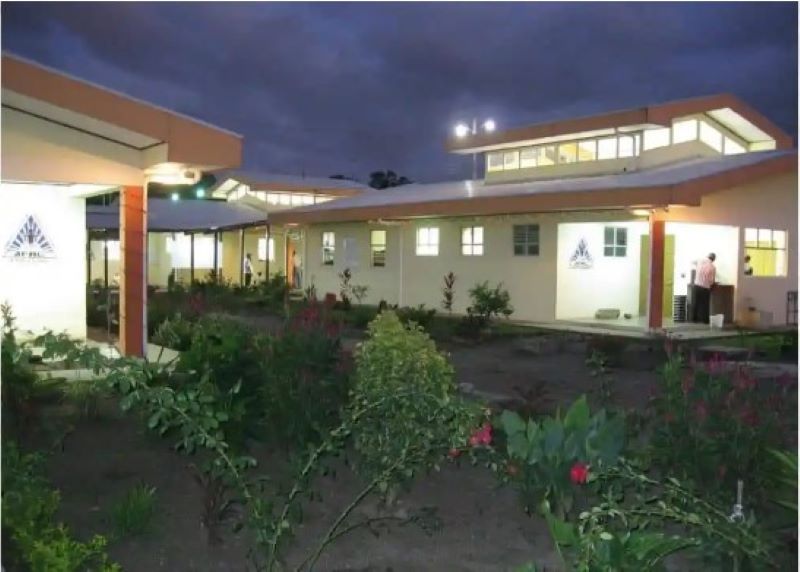My family and I had the opportunity to travel to Costa Rica this summer to serve with Voz de Liberta (Voice of Liberty). They are “a non-profit NGO that is dedicated to sharing the message of hope to prisoners, former prisoners, their families and victims throughout the country by providing comprehensive assistance.” It was amazing to see the work they are doing, in particular in the APAC (faith-based) prison they run.
Through my time there, I found that the prisoners taught me a thing or two about how to do training well:
- 2 by 2: We sat in on a training class on the gospel of Mark. There were two instructors facilitating the class of about twelve people. When I asked the director about this, he told me that all their training classes are taught by two facilitators. When I asked why, he simply stated that it provides for diversity of thought and delivery that is beneficial for the participants and the facilitators. We may see this as inefficient in the United States, but it seemed to be a model that makes the training more effective.
At HPC, we frequently send two trainers, so that one person can learn from a more seasoned trainer or two styles or levels of expertise can be shared. Each person brings different experiences, learning styles, and personalities to the group, and with two trainers it is more likely for a diverse audience to be reached effectively with a team approach. - Everyone can and should lead. I hope you noticed in the first lesson that the classes are not taught by outside facilitators. They are taught by the inmates themselves. The team at Voz de Liberta (three full time people and more than eighty volunteers) are constantly equipping the inmates to lead. This makes their ministry not only scalable but also more effective.
The model of training in the prisons is also designed to multiply leaders/facilitators. Each training class facilitated by two people is designed to identify two more people to be trained to be trainers. The mindset here is that everyone is valuable and capable of leading with the right training and tools.
In addition, in the faith based prison, everyone takes a turn leading what they call “motivation” that occurs before lunch everyday. There are about 90 prisoners in the faith-based prison and they take turns leading the motivation that involves roll call, announcements, and prayer. We were fortunate to be there on a day when a prisoner was slowly but faithfully calling roll. The director leaned over to me and explained that he was learning to read and was currently taking first grade classes in the prison. I would guess he was about 45 years old. With a smile, he worked through all the names and then started on the announcements. It was a privilege to witness.
I think so often we separate the educated from the uneducated, the haves from the have nots, the young from the old, the prisoners from the non-prisoners, the experts from the non-experts. When we create these binary categories, we leave no room for learning and growth on either end of the spectrum. We can live on a continuum where we are constantly seeking to equip and learn from each other. I know I learned more from the man slowly calling roll in Spanish that he will ever learn from me. It’s amazing what can be done when we see people as capable first and then treat them as such. - Who, then what, then how. The training class followed a model of who (in this case Jesus and the inmate participants) in order to build self awareness. Next, it focused on now that I know who (me) I should focus on what I need to do. Then, once I understand what I need to do, I need to know how to do it and be able to practice that how over and over. This was a simple model to follow, but one that was grounded in the belief that self awareness comes first before any planning or action takes place. And that in order for the training to be effective, practice (how) has to take place in order for behaviors to change.
The experience in Costa Rica flipped the way I see many things. It did so for my husband and my children as well. I hope we will take these lessons to inform what we need to do next and then practice how over and over again.
What do you think makes training effective? How have you learned from those you least expected to teach you?



